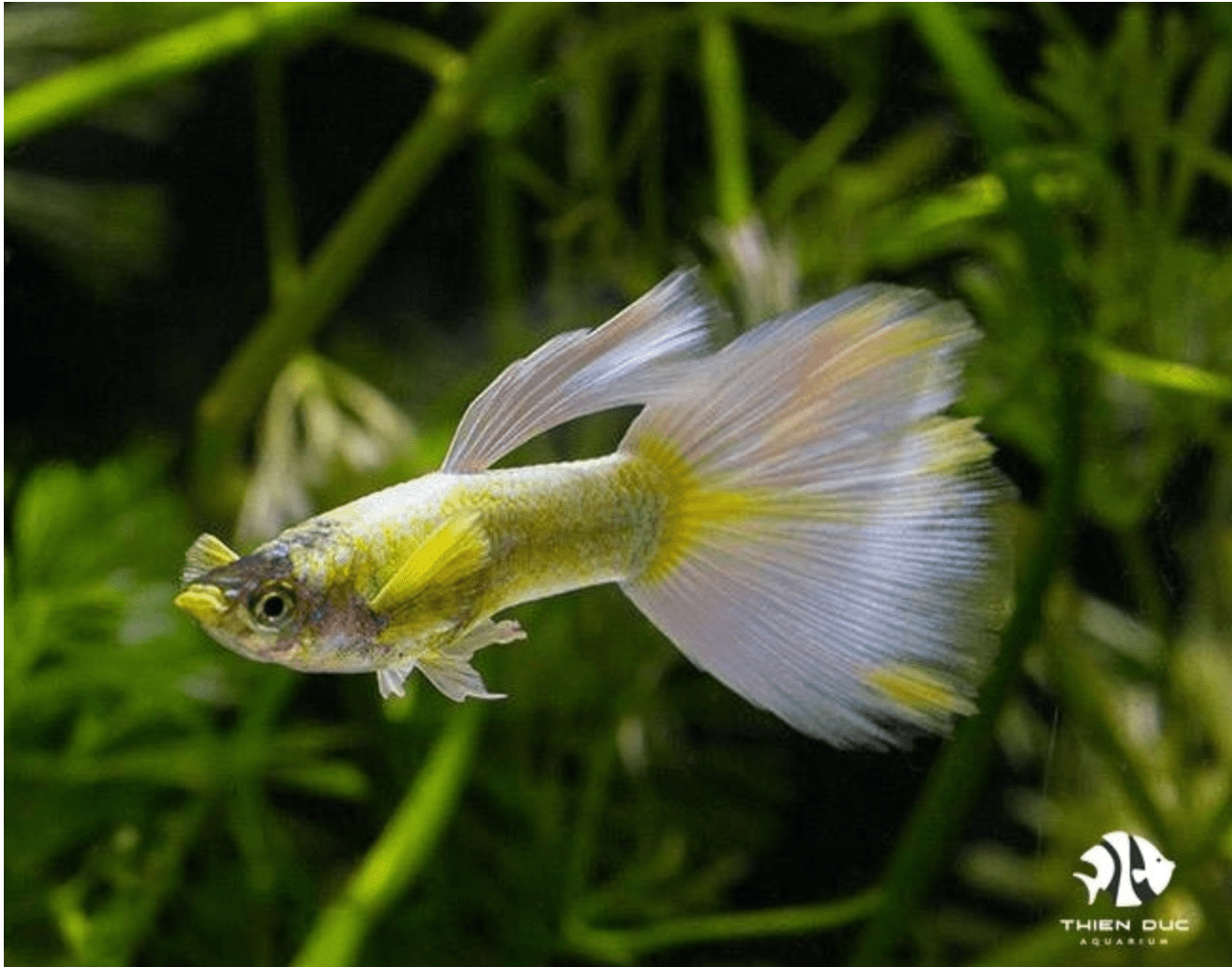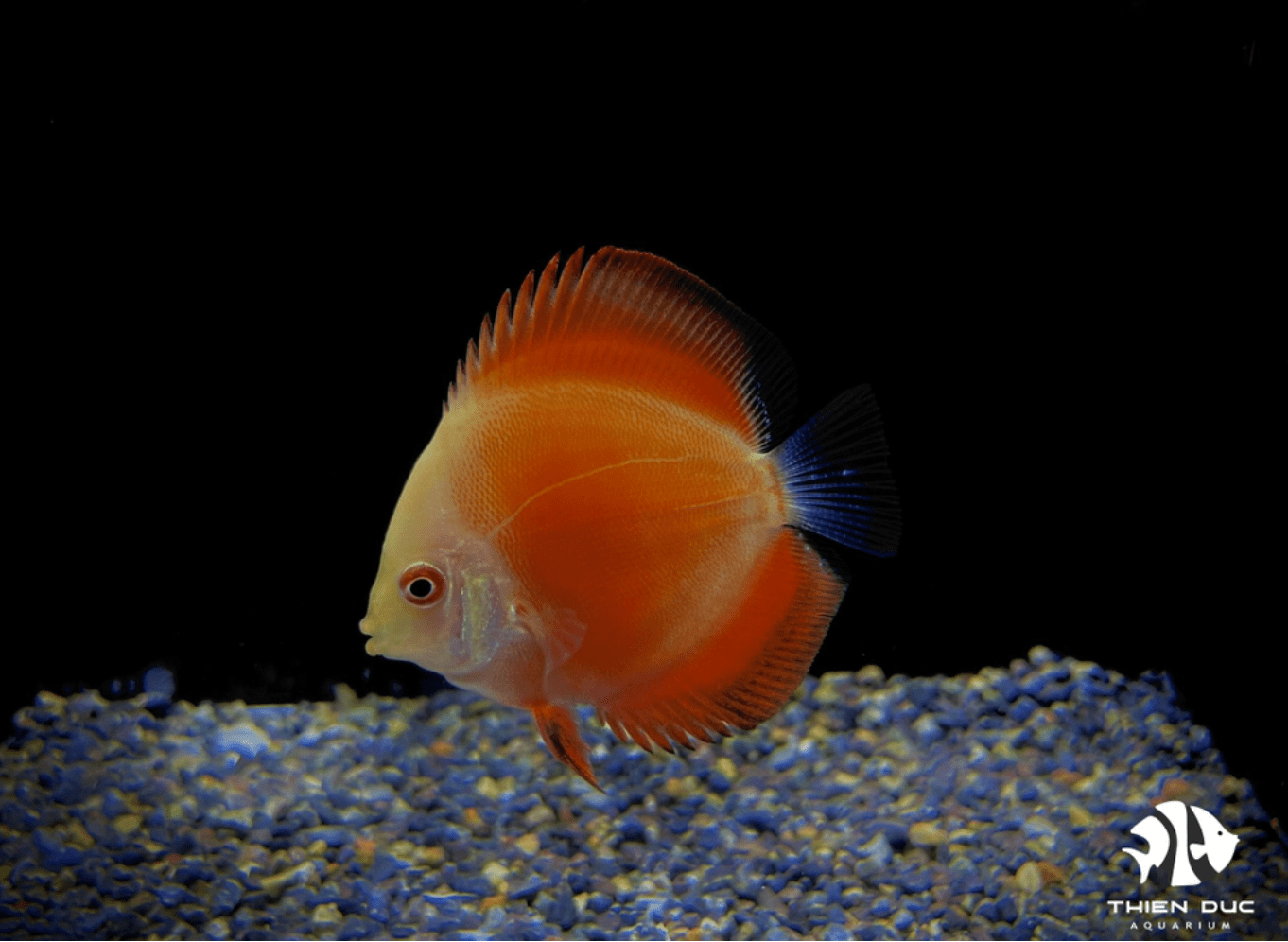Buy Aquarium Driftwood: Where to Find the Best Deals
Driftwood is essential for creating a natural aquarium, providing aesthetics and benefits like hiding spots for fish, surfaces for beneficial bacteria, and pH reduction. At THIENDUC AQUARIUM, we specialize in wild-caught fish from Vietnam, Laos, and Cambodia, appreciating the authenticity that real driftwood brings to a natural environment. Finding a high-quality, affordable piece can be challenging, so this guide will help you navigate sources and find the best deals to buy aquarium driftwood without compromising on quality or your tank's health.
The Basics of Aquarium Driftwood
Before you can start shopping, you need to know what you’re looking for. When it comes to aquariums, wood is not always the same. The right choice enhances your tank, while the wrong one can be disastrous.

Types of Aquarium-Safe Wood
Understanding the different types of driftwood is the first step. Each has unique properties that affect its appearance, buoyancy, and impact on water chemistry.
-
Malaysian Driftwood: This is one of the most popular types, known for its dark colour and dense structure. It sinks easily, but it releases a significant amount of tannins, which can give your water a tea-stained appearance. This is beneficial for blackwater fish species and helps lower pH.
-
Manzanita Driftwood: Originating from North America, Manzanita is prized for its intricate, branching shapes and smooth texture. It’s a hard, durable wood that releases minimal tannins. It’s also relatively lightweight, so some pieces may need to be soaked or weighted to sink.
-
Cholla Wood: Often used for shrimp and small fish tanks, Cholla wood is the skeleton of the Cholla cactus. Its porous, hollow structure makes it an excellent hiding spot and a source of biofilm for shrimp to graze on. It's very lightweight and sinks quickly.
-
Spider Wood (or Red Moor Wood): This type is beloved for its chaotic, root-like branches that create a striking visual effect. It’s often used to create dense, root-like structures in planted tanks. Like Manzanita, it’s lighter and may require some time to become waterlogged.
Why You Need to Be Cautious
Using the wrong type of wood can be harmful to your fish. Wood from conifers like pine and cedar contains sap and oils that are toxic to aquatic life. Driftwood found in nature, while free, can be contaminated with pesticides, bacteria, or other pollutants. The expertise of a company like THIENDUC AQUARIUM, which works with wild-caught fish, highlights the importance of using safe, pre-treated materials to maintain a healthy and vibrant environment. When you buy aquarium driftwood, always ensure it’s from a reputable source that guarantees it’s aquarium-safe.
Essential Preparation Steps
Even with aquarium-safe wood, preparation is crucial. It’s the key to preventing problems like cloudy water, bacterial blooms, and unwanted tannins.
-
Cleaning: Scrub the piece thoroughly under hot running water to remove any dirt or debris. A brush with soft bristles may be useful.
-
Boiling: This is the most effective way to sterilise the wood and release a large amount of tannins. Boil the driftwood for several hours, changing the water when it turns a dark tea colour.
-
Soaking: After boiling, you may need to soak the wood for several days or even weeks. This process allows the wood to become waterlogged so it sinks, and it leaches out any remaining tannins.
Where to Buy Driftwood Best
Now that you understand the basics, let's explore where to find the best deals to buy aquarium driftwood.
Local Fish Stores (LFS)
A great place to start is your local fish store. It offers a tangible, in-person experience that online shopping can't match.
-
Pros: The biggest advantage is being able to see and feel the driftwood before you buy aquarium driftwood. You can inspect its shape, size, and weight, ensuring it fits perfectly in your tank. This is also a great way to support small, local businesses that contribute to the community. You can often get expert advice from staff who can help you choose the right piece for your setup.
-
Cons: The selection at a local store is often limited to a few popular varieties. Prices can also be significantly higher due to overhead costs.

Online Retailers
For those seeking variety and competitive pricing, online retailers are the go-to destination. Websites like Amazon, eBay, and specialty aquatic stores offer a vast selection.
-
Pros: The sheer number of choices is overwhelming in the best way. You can find virtually any type of driftwood in various sizes and shapes. Prices are often lower due to competition, and it's easy to compare deals from different sellers. The convenience of having a piece delivered to your door is a major plus.
-
Cons: You cannot physically inspect the wood, so you must rely on a seller's photos and descriptions. This can lead to disappointment if the piece doesn't meet your expectations. Additionally, you risk the item getting damaged in transit. When you buy aquarium driftwood online from outside the EU, be aware of potential customs duties and import fees, which can add to the total cost. It's important to check the seller's return policy and read customer reviews to gauge their reputation.
Online Aquatic Forums and Marketplaces
For a truly unique piece or a great bargain, consider exploring online forums and social media marketplaces for aquarium hobbyists.
-
Pros: This is where you can find one-of-a-kind pieces that you won't see anywhere else. Sellers are often fellow enthusiasts who are passionate about their hobby and will provide detailed information and photos. You can negotiate prices directly, and sometimes you can even find pre-soaked, ready-to-use pieces.
-
Cons: These platforms have less regulation, which means you need to be more cautious. There’s a higher risk of scams or receiving a product that is not as described. There is no quality guarantee, so you are buying at your own risk.
Advanced Tips for Finding Great Deals
Finding a deal is about more than just looking for the lowest price tag. It's about being strategic.
Seasonal Sales and Promotions
Watch for holiday promotions and seasonal sales. Black Friday, Cyber Monday, and even a company’s anniversary sales can be a great time to buy aquarium driftwood. Sign up for newsletters from your favourite online retailers to receive notifications about upcoming deals and exclusive discounts. THIENDUC AQUARIUM, for example, often has special promotions that reward their loyal customer base who appreciate the beauty of their wild-caught fish.
Buying in Bulk
If you have multiple tanks or are planning a large aquascape, consider buying in bulk. Many suppliers offer discounts for bulk purchases, making it a more cost-effective option in the long run. Even if you only need one large piece, buying a bundle of smaller pieces can be useful for future projects or to create a more intricate aquascape.

The "Raw" Option
For experienced aquarists, sourcing raw, un-prepped driftwood can be the ultimate way to save money. This involves finding wood in natural environments like forests or riverbanks. It's crucial to correctly identify the wood type to ensure it's not toxic. The most important step is the lengthy and intensive preparation process: boiling, scrubbing, and soaking to remove all tannins and contaminants. This can be a rewarding project but requires a lot of time and effort. For beginners, it is not recommended. If you buy aquarium driftwood this way, you take full responsibility for its safety.
Haggling and Negotiation
Never be scared to haggle over prices. At a local fish store or on a hobbyist forum, a friendly negotiation can sometimes get you a better deal. Even with online retailers, you might find a coupon code or a bulk discount that isn’t immediately obvious. It never hurts to ask, and it’s a great way to save a few Euros here and there. Knowing how to buy aquarium driftwood means being savvy and confident in your search for a bargain.
How to Assess a Deal
A deal is only a deal if you get a good product. Here’s how to assess whether the price is worth it.
Price vs. Quality
Rarely is the least expensive choice the best one. An exceptionally low price could signal poor quality wood that may be contaminated or unsuitable for an aquarium. A good deal is a balance between a fair price and a high-quality, pre-treated piece that will not cause issues in your tank. A beautiful, safe piece is worth a bit more, as it will save you headaches in the long run. When you buy aquarium driftwood, consider it a long-term investment in your aquarium's health.
Shipping Costs
When shopping online, always factor in the shipping costs. A piece that seems like a great price could become expensive once shipping is added. This is especially true when ordering from outside the EU. Be sure to calculate the total cost, including any potential customs fees, to ensure you are getting a genuine deal. Many European aquatic retailers offer free shipping over a certain order value, which can be a great way to save.
Seller Reputation
Always check the seller's reputation, especially on platforms like Amazon or Etsy. Examine reviews and search for customer photos. A reputable seller will provide clear, accurate photos of the exact piece of wood you are purchasing. This is crucial because every piece of driftwood is unique. A good reputation gives you the peace of mind that you are making a safe and smart purchase.
Conclusion
Finding the perfect piece of driftwood for your tank is a rewarding process that requires research and patience. It's a key element in creating a beautiful, healthy environment for your fish, much like the commitment to quality that THIENDUC AQUARIUM brings to sourcing and preparing its fish. When you’re ready to enhance your aquascape, remember to buy aquarium driftwood that complements your setup. The right piece truly makes your tank a home.
Contact Information:
-
Address: 57 Le Thi Sieng, Tan Thong Hoi, Cu Chi, Ho Chi Minh City, Viet Nam
-
Mobile: +84903912501
-
Office: +84982577871
-
Email: thien@thienducaquarium.com










